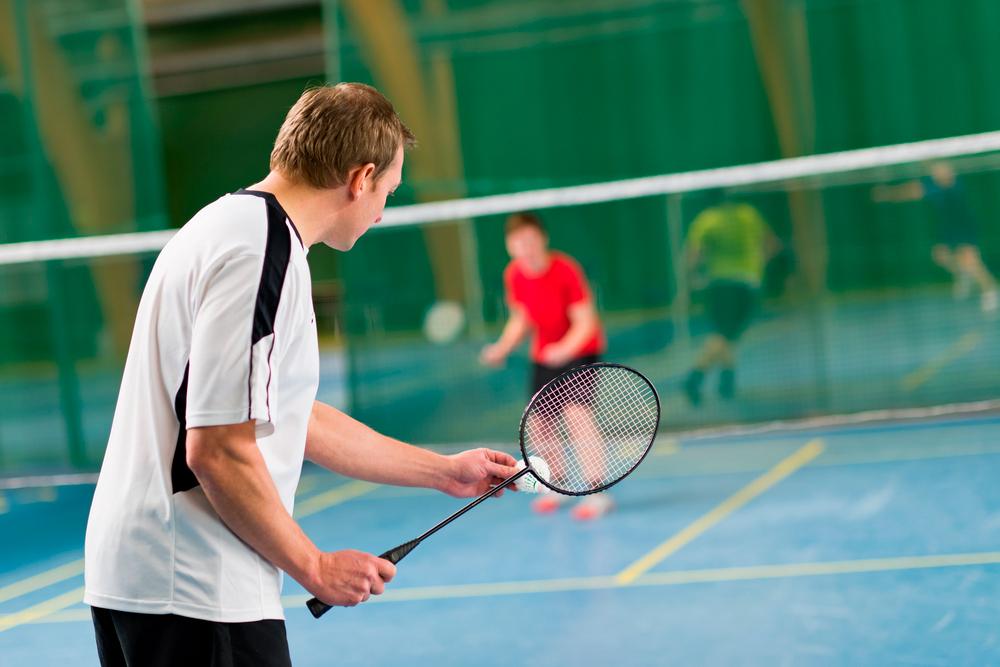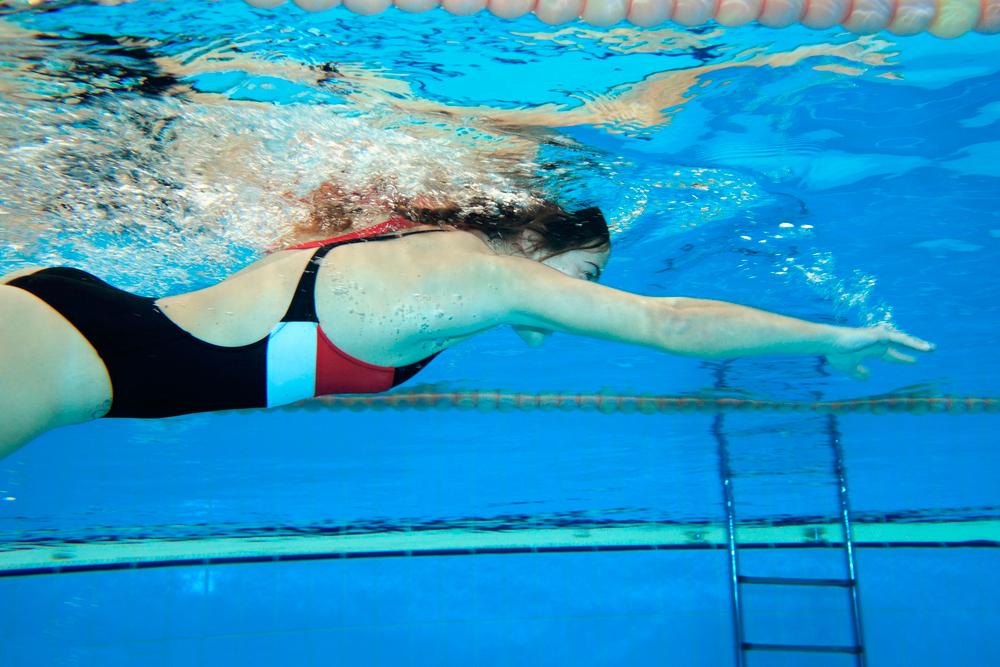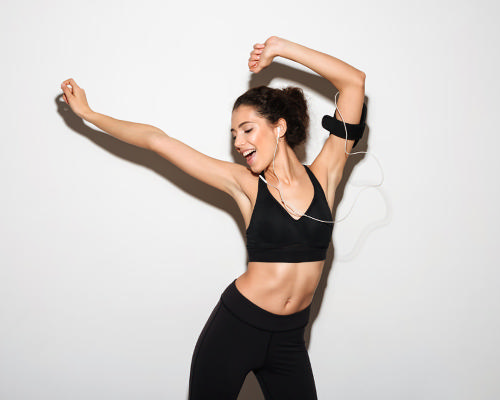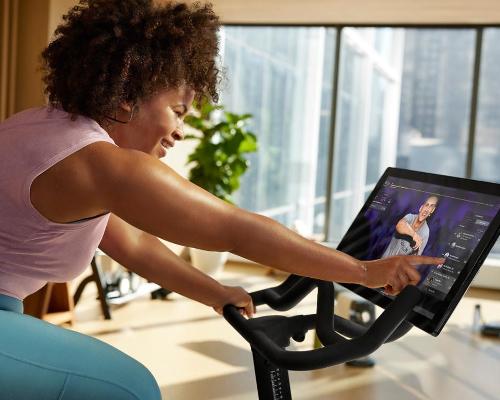As the hottest topic in renewable energy solutions to emerge in the past 12 months, interest in the Renewable Heat Incentive (RHI) is on the rise and so it should be. As explained in the last issue of Leisure Management, RHI is a financial incentive scheme that guarantees cashback payments for 20 years on the installation of renewable heat technologies. The scheme is designed to ensure that your benefits are two-fold; firstly you save money by producing your own energy, reducing your need for gas or oil; secondly, you get paid a fixed rate for the heat you generate.
So the big question now is what pieces of kit are out there that tick all the boxes for the RHI? The trick is in realising that different equipment will vary in terms of its compatibility with different sites, depending on where the majority of a building’s energy use sits. For example, leisure buildings rely a lot on air conditioning and water heating systems. Thankfully most technologies in the RHI scheme are used for heating and cooling, so from the outset, the leisure industry has a competitive advantage.
EVOLUTIONS IN RENEWABLE HEAT TECHNOLOGY
The renewable energy technology market is constantly evolving.
Solar panels or photovoltaics (PV), for example, have long been an established means of generating renewable energy via the sun’s direct heat source, and they have been adopted by domestic and commercial users up and down the country for the past decade. However, although these traditional solar power systems have proved viable in terms of producing electricity, they do rely on sunlight, which is something of an elusive commodity in some places.
This leads us on to thermodynamic solar panels (TSPs), the next generation in solar power.
Thermodynamic solar panels work in exactly the same way as conventional solar panels, insofar as they utilise the sun’s power and convert it to thermal energy to heat water, but with one very big difference. The sun doesn’t need to be out for the panels to operate. Sounds too good to be true, doesn’t it? Trust us, it’s not. The key word here is ‘dynamic’. The panels are activated by the surrounding ambient temperature, whether the sun is out or not.
So rather than restricting energy production to hours of the day with direct sunlight, TSPs generate heat from the atmosphere during the day and continue through the night, heating water to 55 degrees celsius. Generating energy 24 hours a day, 365 days a year is pretty impressive and these thermodynamic systems operate down to a minimum ambient temperature of -15 degrees celsius, which is of particular benefit if you're plagued by disappointing summers. What’s more, unlike conventional solar panels, TSPs don’t necessarily need to be placed on your roof. These systems can be installed anywhere on a building, meaning they can work with the overall aesthetics of a building.
MAKING THERMODYNAMIC SOLAR POWER WORK Thermodynamic solar power is very new to many markets and its innovative capabilities and overall efficiency will make this technology a big seller in the renewable heat sector. Installing this system will not only reduce your requirement for traditional water heating systems, it will also achieve guaranteed savings of a minimum of 30 per cent. For a leisure centre with heated pools and continually flowing showers, the savings will be huge.
And if that wasn’t enough, the technology qualifies for the Renewable Heat Incentive, which is undoubtedly its biggest advantage. If you choose to be among commercial energy users to pioneer this technology, applying to RHI should most definitely be a priority. Through the RHI, you will get paid a fixed amount on the heat energy you generate, and if you consider yourself a green champion, you can also sit back and relax at the thought of the significant carbon emissions you have saved in adopting this system.
Of course, as with all new technologies, there will be early adopters keen to reap the benefits, but the leisure industry stands to be at the top of the league table when it comes to making a huge saving through this technology. So what are you waiting for?
If you have any questions about thermodynamics, the RHI or any other energy management related matter, contact The Energy Desk on +44 (0)800 3777 889
[email protected]
www.theenergydesk.co.uk




























































